Shake off the winter chill at these design-led onsen hotels in Japan
Whether you’re heading to the mountains of Hokkaido or the alleys of Kyoto’s Gion district, these immaculately designed onsen hotels will keep the shivers at bay
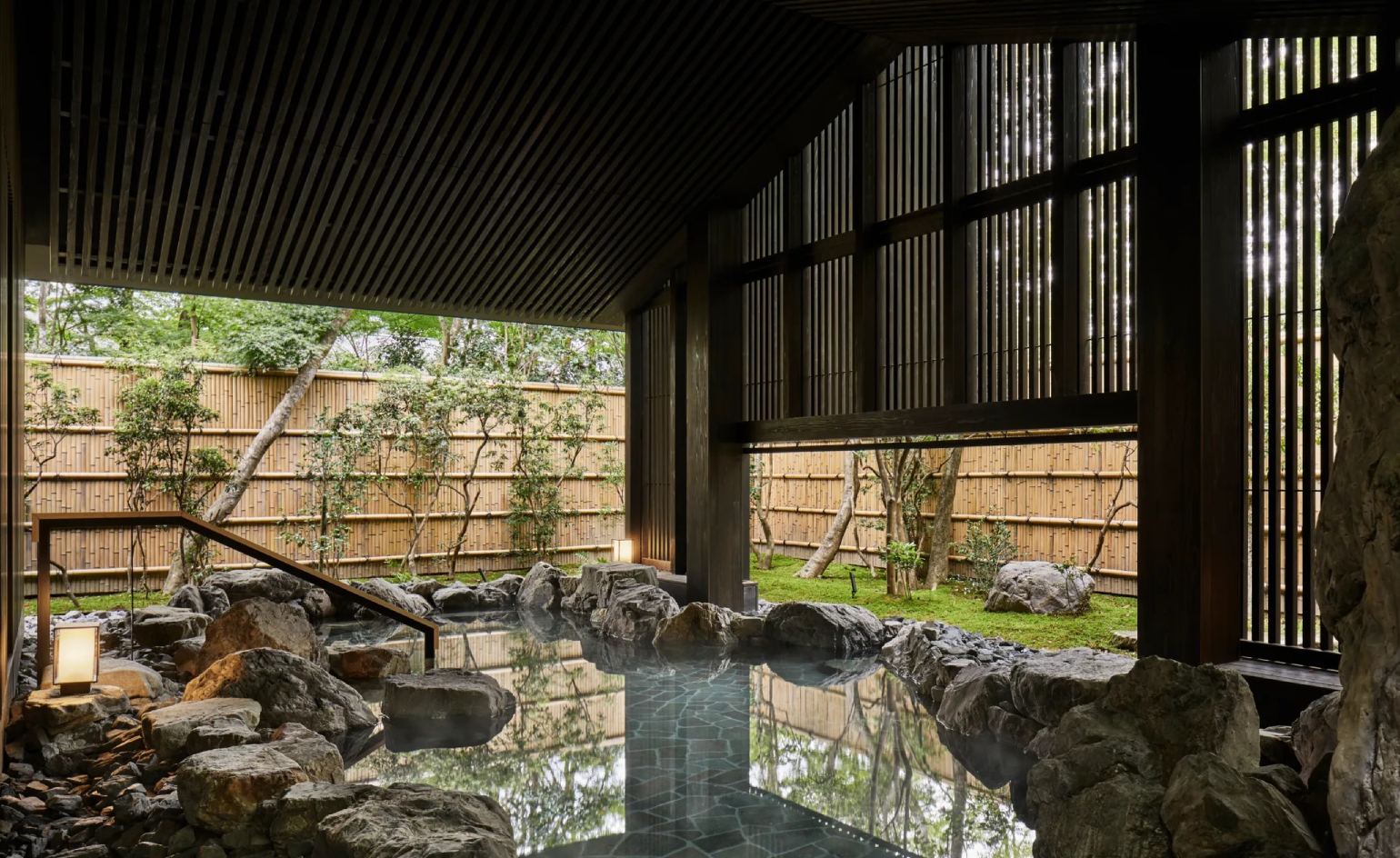
Explorations through Japan in the wintertime are inflected with postcard-perfect scenes – triangular minka houses laden with snow, light-as-air powder trails on Niseko slopes, and steaming onsen baths. While matsuri festivals pack the summer social calendar, once the mercury drops, the communal onsen (hot spring) tradition comes to the fore. A cornerstone of Japanese wellness rituals, the geothermal bathing activity is rooted in ancient times and is believed to cure illness and imbalances in the body. Here’s the Wallpaper* edit of the best design-led onsen hotels in Japan to check into, so you can feel the stress of the year melt away.
Dip into the best design-led onsen hotels in Japan
Aman Kyoto
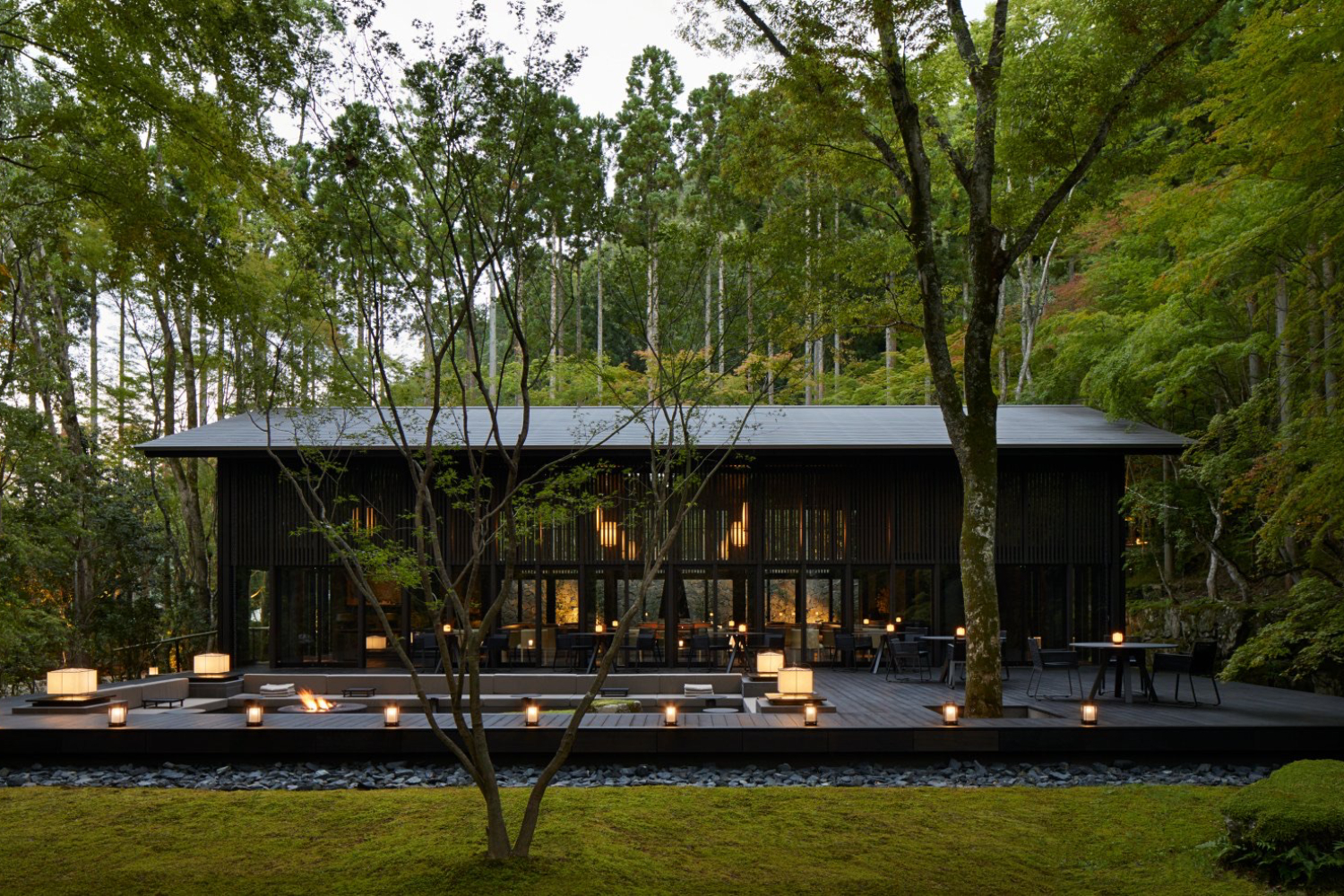
Aman Kyoto
Aman properties have the magical ability to transport guests to an otherworldly environment, and the Aman Kyoto resort does it with panache. Set amidst lush woodland, a moss-dominated plot that was once slated to become a private textile museum now offers a tasteful and elegant architectural response to the cultural richness of its host city. Kerry Hill Architects, a long-time Aman collaborator, deftly incorporated local influences, surroundings, and culture into the design identity; the property’s homage to native tradition and craft is encapsulated in the choice of materials and handmade decorative items.
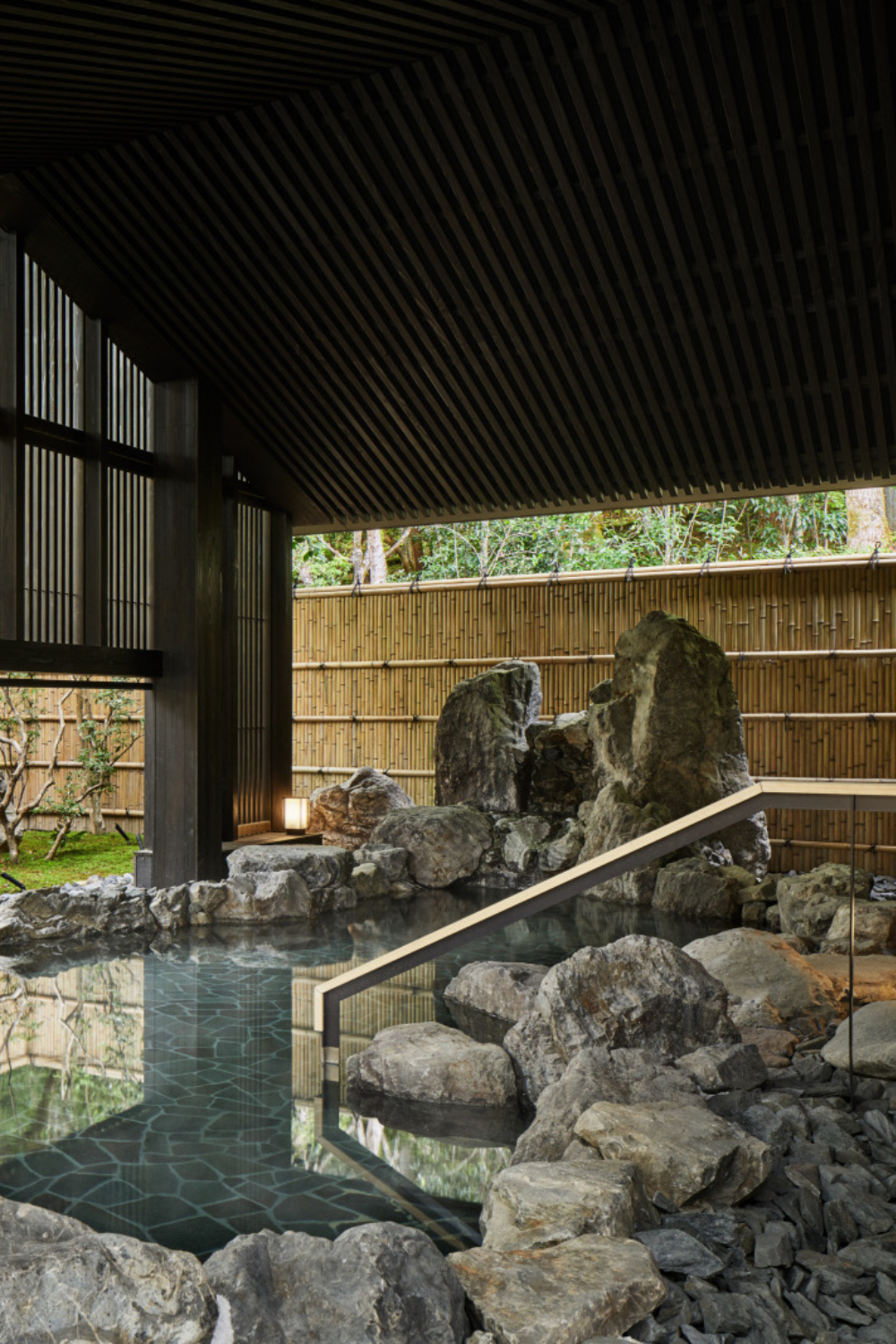
Aman Kyoto’s pared-back, remarkably minimal, and pleasantly geometrical interiors across its 26 guestrooms exude tranquillity and evoke contemplation. Ryokan elements like tatami mats and tokonoma alcoves are preserved. In the Aman Spa, luxurious indoor and outdoor onsens await, the perfect precursor to a transformative spa treatment featuring natural apothecary.
Aman Kyoto is located at 1 Okitayama Washimine-Cho Kita-ku, Kyoto 603-8458, Japan; aman.com
Banyan Tree Higashiyama Kyoto
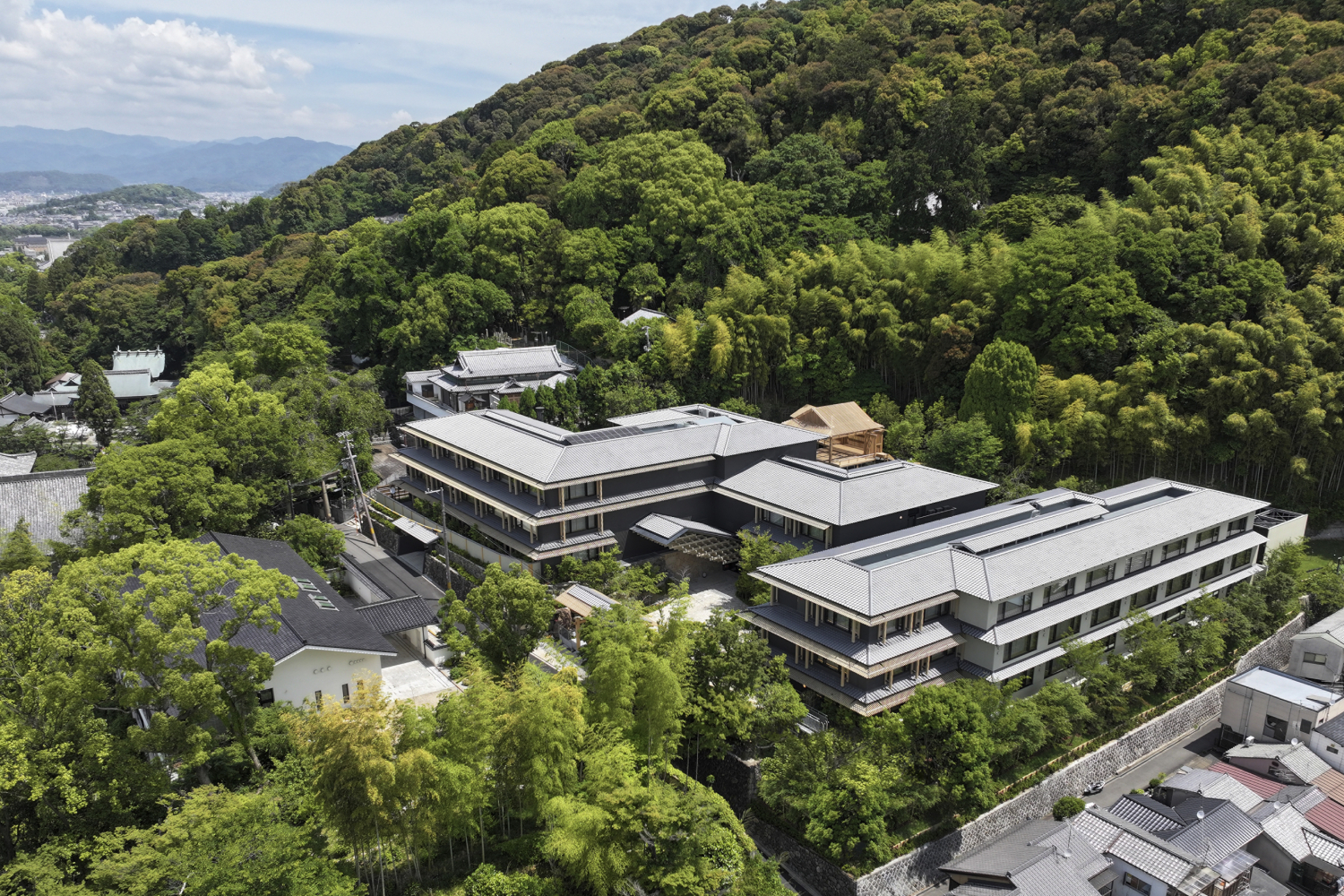
Banyan Tree Higashiyama Kyoto
For the first Banyan Tree hotel in Japan, the international hospitality group could not have chosen a better location: the Higashiyama outpost neighbours the venerated Kiyomizu-dera temple, and sweeping views of the city are part and parcel of its hilltop perch. Kengo Kuma mapped the architectural vision for this 2024 addition to Kyoto’s onsen resort scene, harmoniously blending the property’s bamboo-forest surroundings with traditional building techniques and open spaces to underscore the tranquil nature of the hotel.
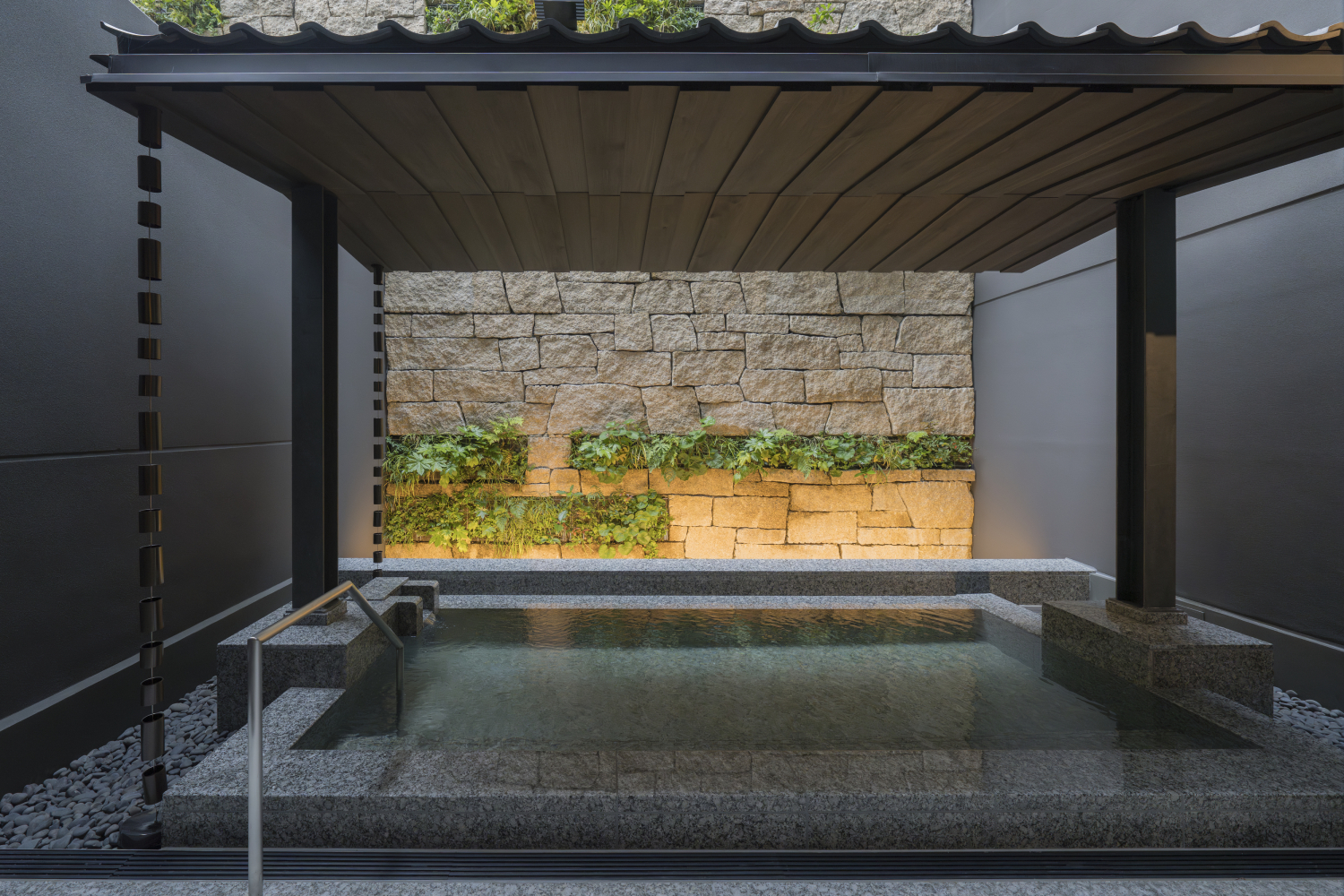
Designer Yukio Hashimoto translates the ethereal concept of yugen – meaning ‘mysterious beauty’ – into elegantly minimalist interiors, elevated by clean lines, natural materials, and soft earth tones. Private onsen baths, drawn from natural hot springs, are found in the upper-tier rooms; communal facilities are available on-site as well. Save time for a traditional dance-drama theatrical performance at the Noh stage and a kaiseki meal at Ryozen.
Banyan Tree Higashiyama Kyoto is located at 7 Seikanji Ryozan-Cho, Higashiyama-Ward, Kyoto 605-0861, Japan; banyantree.com
Receive our daily digest of inspiration, escapism and design stories from around the world direct to your inbox.
Fufu Kyoto
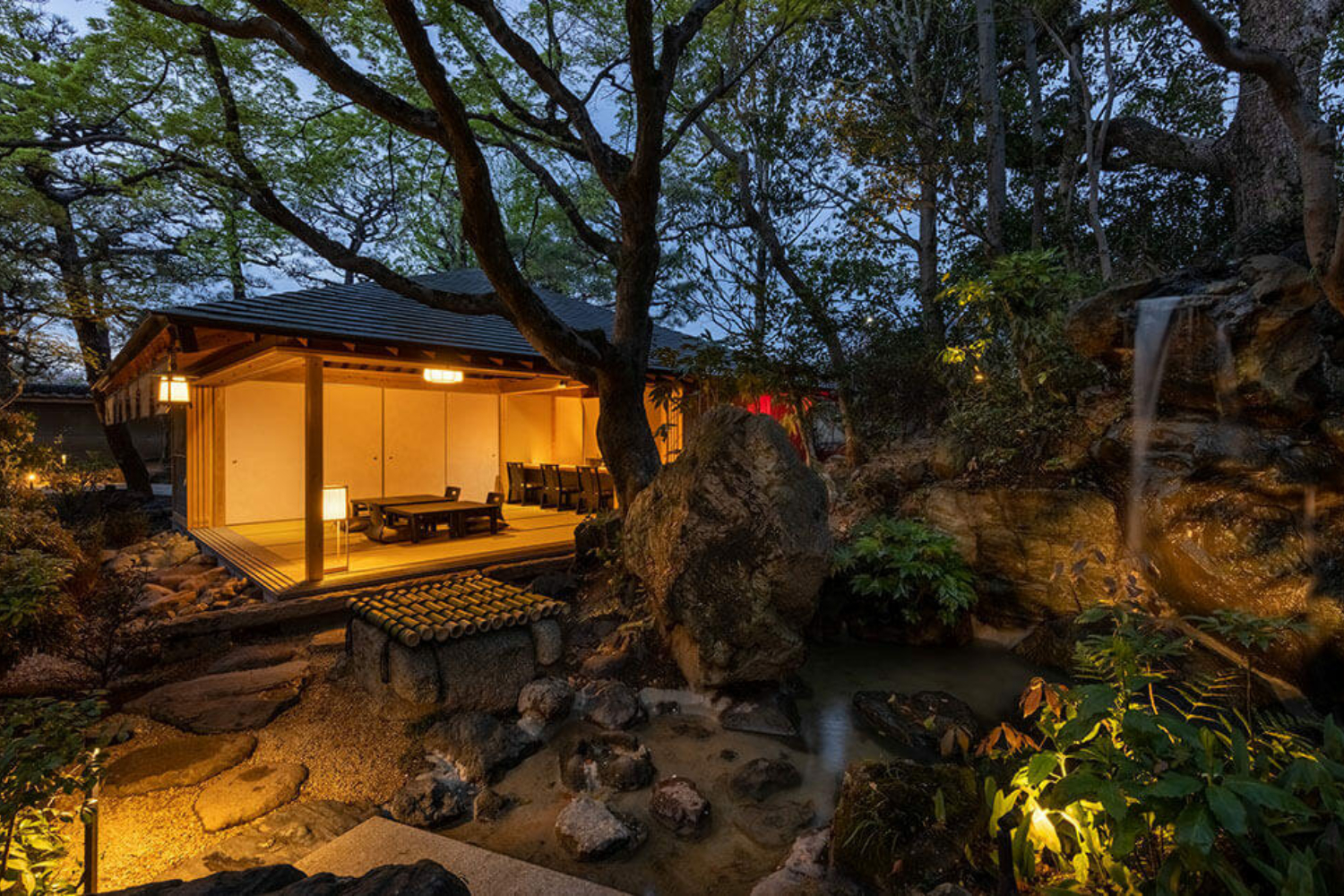
Fufu Kyoto
Part of the growing Fufu boutique hotel group – with sister properties in Nara, Hakone, and Karuizawa, among others – Fufu Kyoto’s idiosyncratic charm stems from its dedication to the Japanese hospitality concept of omotenashi, embodied as a time-honoured ryokan experience with modern infusions. Hidden in plain sight, this modest retreat follows a natural-palette-driven aesthetic blueprinted by Saiun Design, allowing subtle detailing like washi-papered screens, lattice partitions, and ikebana arrangements to take the lead.
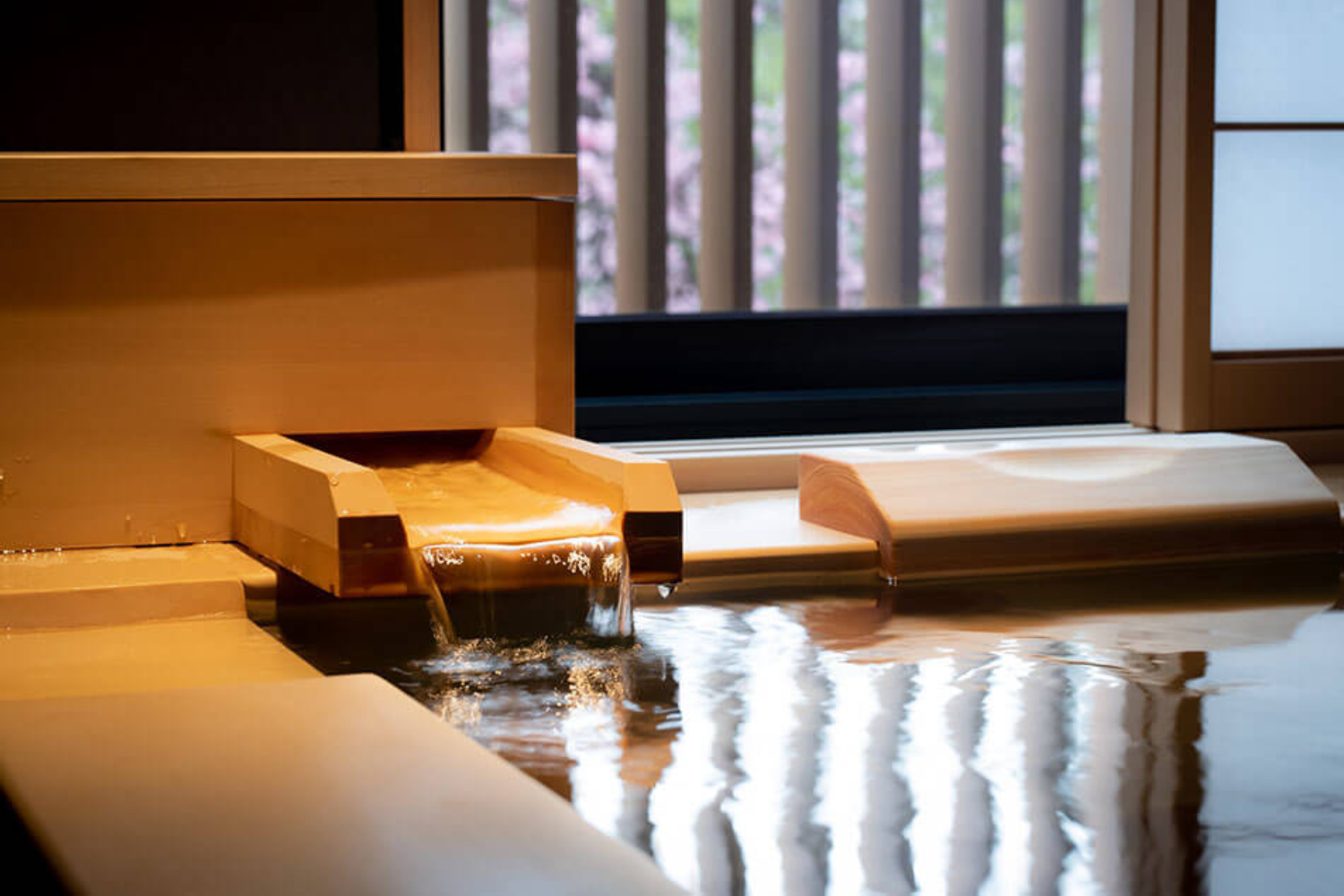
Fufu Kyoto channels simple alkaline hot-spring water from the Nose Art Lake onsen source to the 40 Hinoki cypress bathtubs across the hotel, one for each room. Luxuriate in your private onsen till the sun goes down, then head to restaurant Ioto for a multi-course meal amid bonsai and maki-e lacquer art, and bar Yae Hitoe for exquisite saké recommendations.
Fufu Kyoto is located at 41-41 Nanzenji Kusakawacho, Sakyo Ward, Kyoto 606-8437, Japan; fufukyoto.jp
Hoshinoya Tokyo
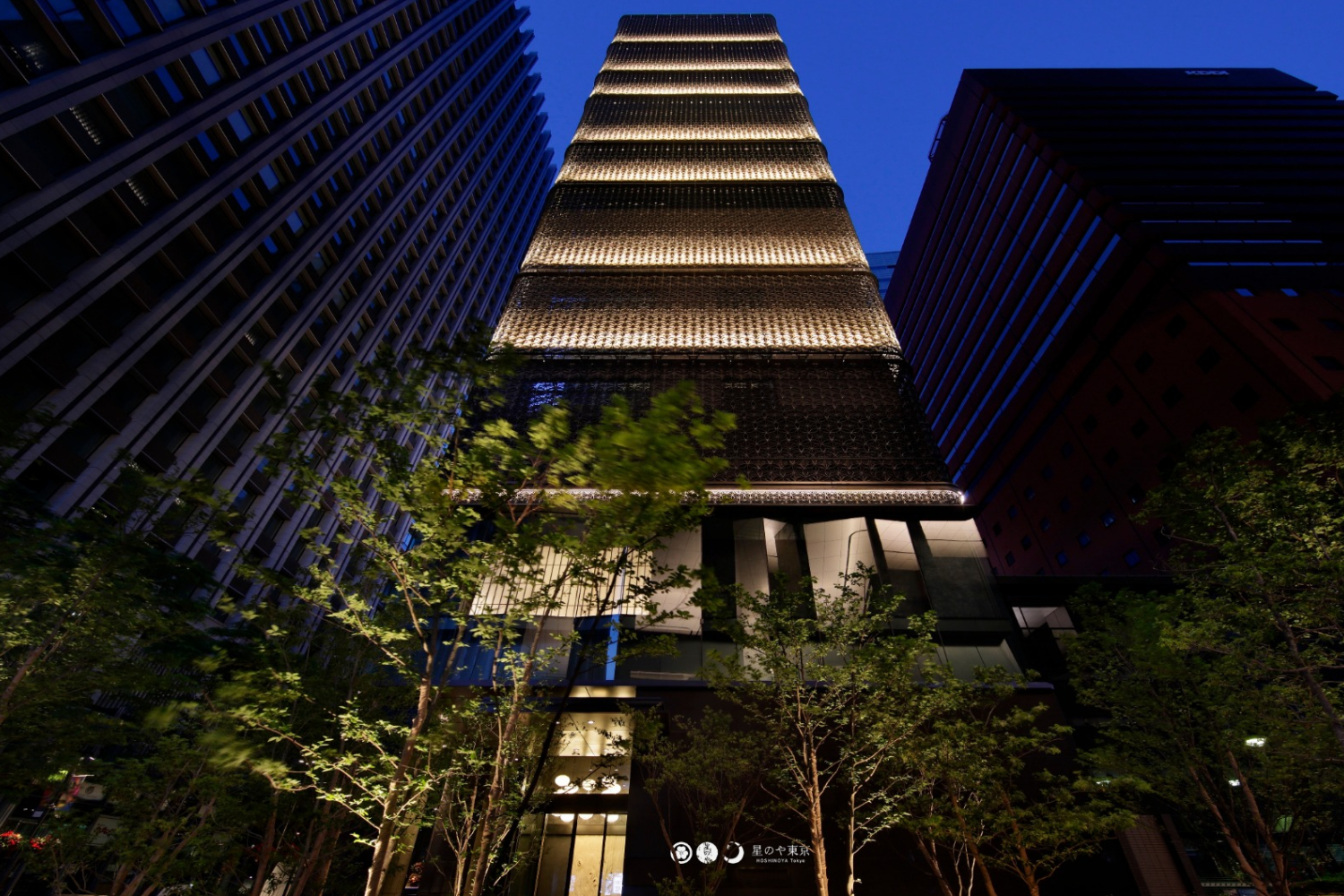
Hoshinoya Tokyo
Japanese onsen inns typically evoke imagery of serene sanctuaries, nestled in the depths of the great outdoors, off the beaten track, serenaded by the whisper of nature. Hoshinoya Tokyo turns that notion completely on its head. Located in Otemachi, in the heart of the capital, the 84-key hotel brings ryokan hospitality into the cosmopolitan modern age. Designed by Rie Azuma of Azuma Architect & Associates – whose signature can be found on many a Hoshinoya resort – the property’s old-meets-new essence is impressed upon all available surfaces.
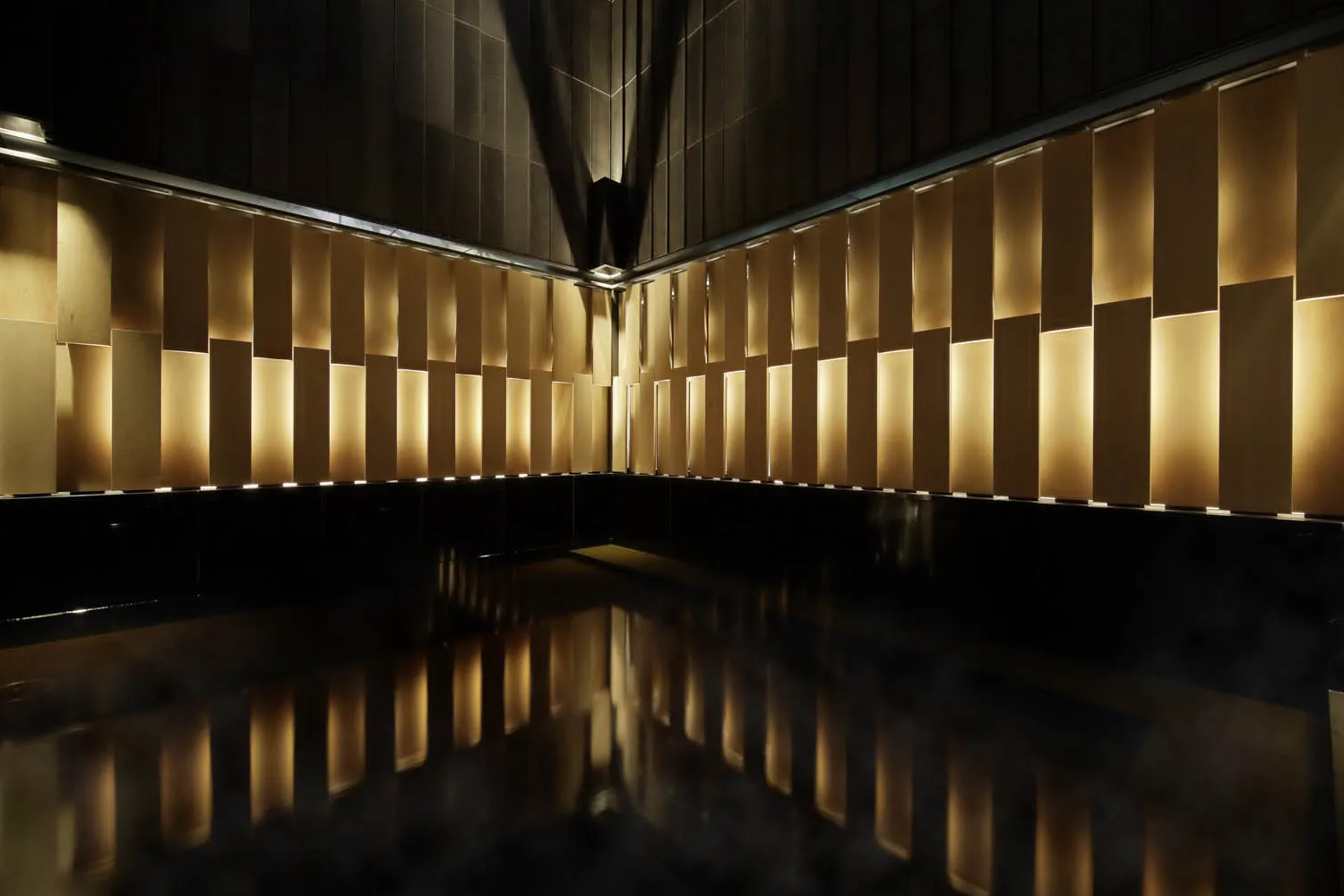
Hoshinoya Tokyo’s metal-lattice façade imitates a classic asa-no-ha hemp-leaf pattern found on kimonos; woven tatami flooring is standard across the rooms; walls in the shared spaces are elegantly textured and carved. An outdoor bath on the top floor provides a unique view of the sky through a skylight. Water is piped up from the Otemachi onsen, a subterranean hot spring with high salt content and seaweed minerals with healing properties to help alleviate fatigue and retain heat in the body.
Hoshinoya Tokyo is located at 1 Chome-9-1 Ōtemachi, Chiyoda City, Tokyo 100-0004, Japan; hoshinoresorts.com
Kai Okuhida

Kai Okuhida
Burrowed within the northern Japanese Alps, Kai Okuhida adds striking contemporary flair to the Okuhida-Onsengo villages in the Gifu prefecture, celebrating the region’s long-standing onsen heritage. Developed by the Sakakura Building Research Institute and Kanade Design Office, the timber-and-stone resort, centred around a courtyard, is landscaped to emulate the meandering paths and alleyways of traditional onsen towns. Hida artisanry is at the heart of the interior design; details like Hida-shunkei lacquer, Hida-zome fabric-dyeing techniques, and the art of mageki wood-bending are showcased throughout the rooms in furnishings and decoration.
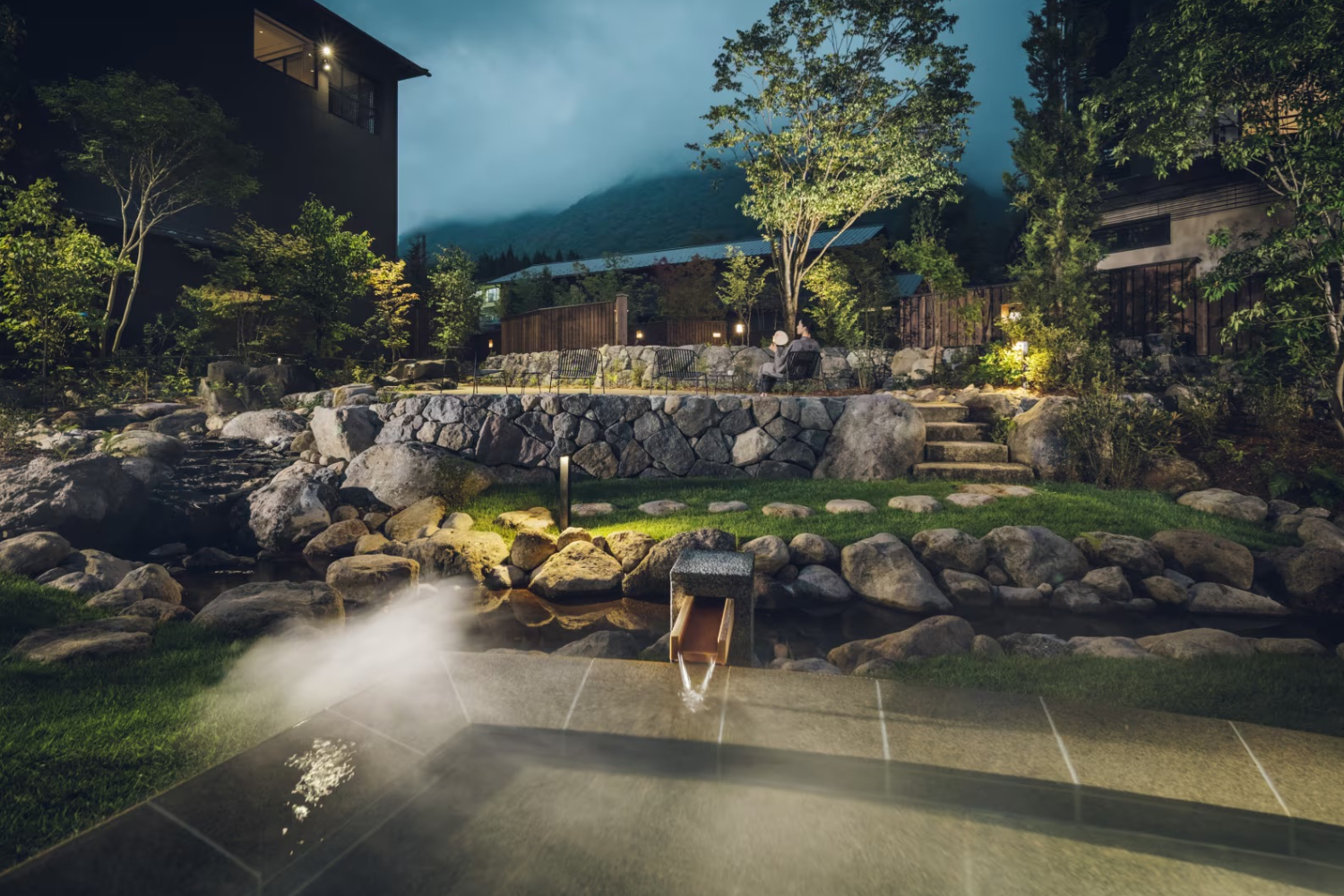
Of the 49 guestrooms, 28 are furnished with private outdoor baths, fed from the flow of the restorative Hirayu onsen. Communal facilities, including a footbath and a hot-spring river, are dotted across the property, backed by lush mountainscapes and changing foliage. Post-thermal relaxation, head to the restaurant: One of the most famous exports of the area, Hida beef, is heavily featured on the seasonal menu.
Kai Okuhida is located at 138 Okuhida Onsengo Hirayu, Takayama, Gifu 506-1433, Japan; hoshinoresorts.com
The Ritz-Carlton, Nikko
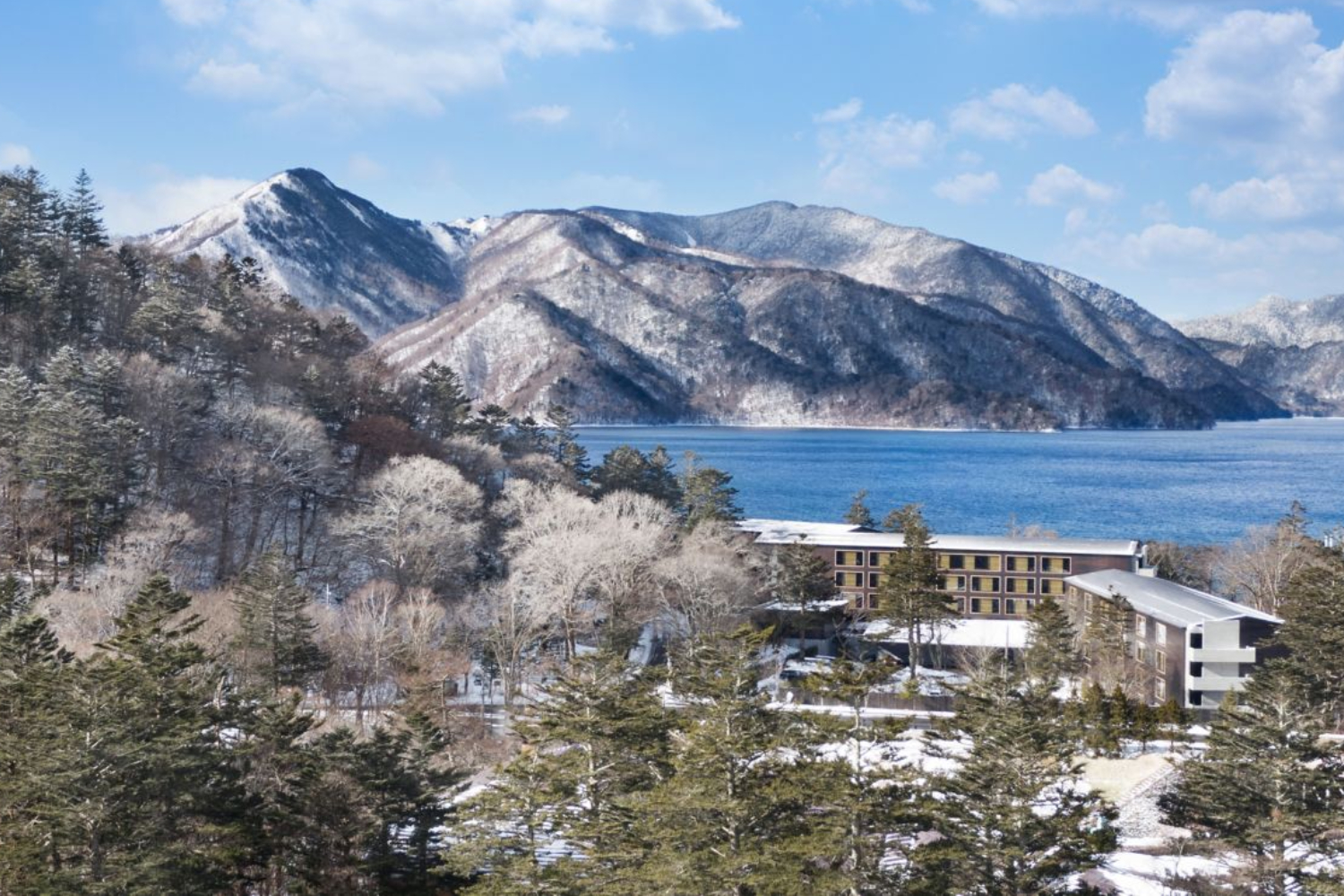
The Ritz-Carlton, Nikko
In the upper reaches of Tochigi Prefecture’s mountainous landscape sits Ritz-Carlton, Nikko, a stoic nature retreat engulfed by swathes of forests, the imposing shadow of the next-door Nantai stratovolcano, and the scenic Chuzenji lake. Nikken Sekkei and Melbourne-based studio Layan Architects + Designers worked in tandem to create a minimal and modern aesthetic, embedded with artisanal craftsmanship and local materials, keeping traditional Japanese architectural features like genkan entryways and Nikko-bori woodcarvings.
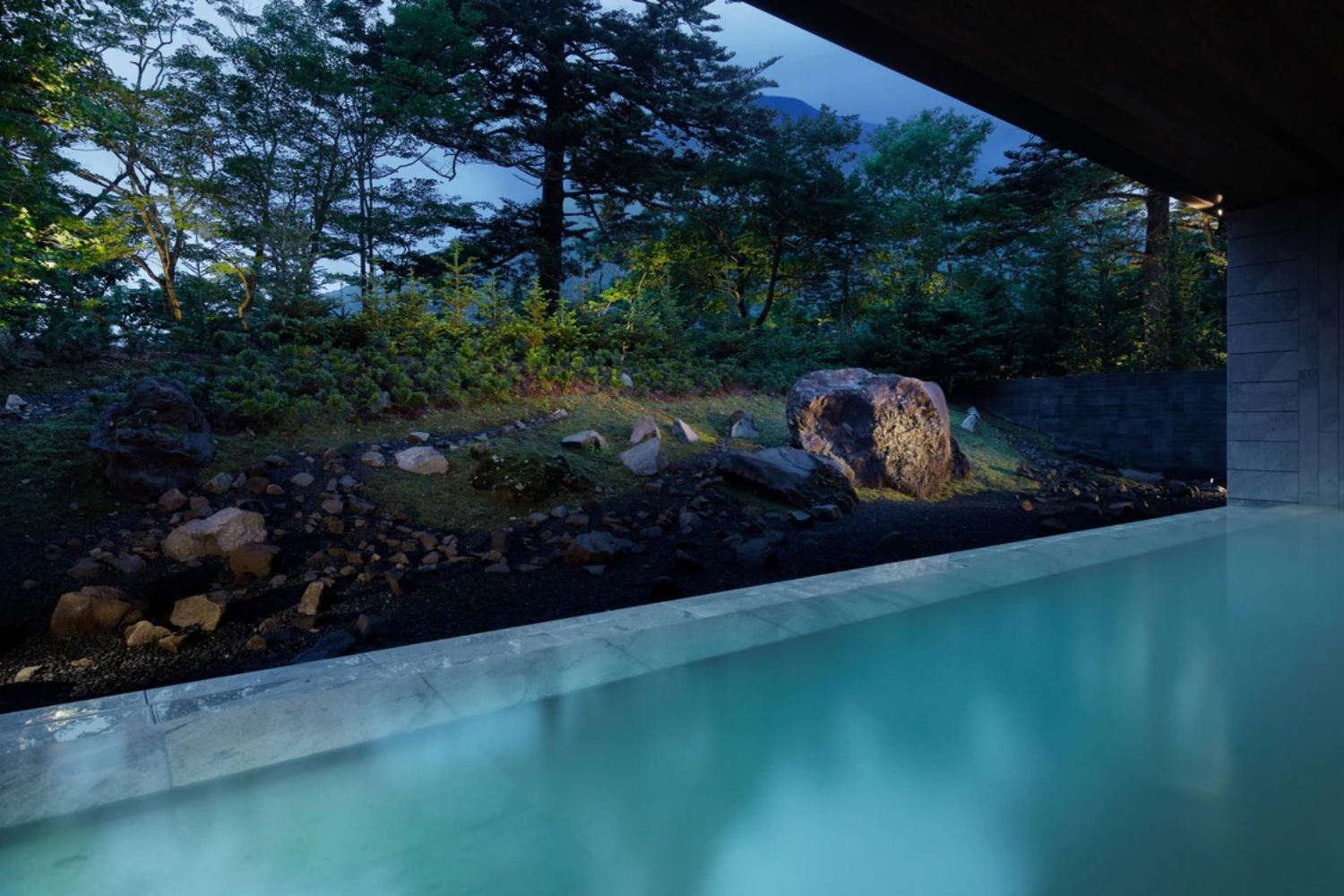
Slip on a yukata robe, provided by the hotel, and pad down to the bathing facilities, where the indoor and outdoor onsen gurgles sulphurous water piped in from the Yumoto hot springs – a thorough soak is said to combat fatigue and pain, with the added benefit of rejuvenating and moisturising skin. After, indulge in a feast of seasonal ingredients at the Japanese Restaurant, prepared sukiyaki-, shabu-shabu-, or kaiseki-style.
The Ritz-Carlton, Nikko is located at 2482 Chugushi, Nikko, Tochigi 321-1661, Japan; ritzcarlton.com
Zaborin
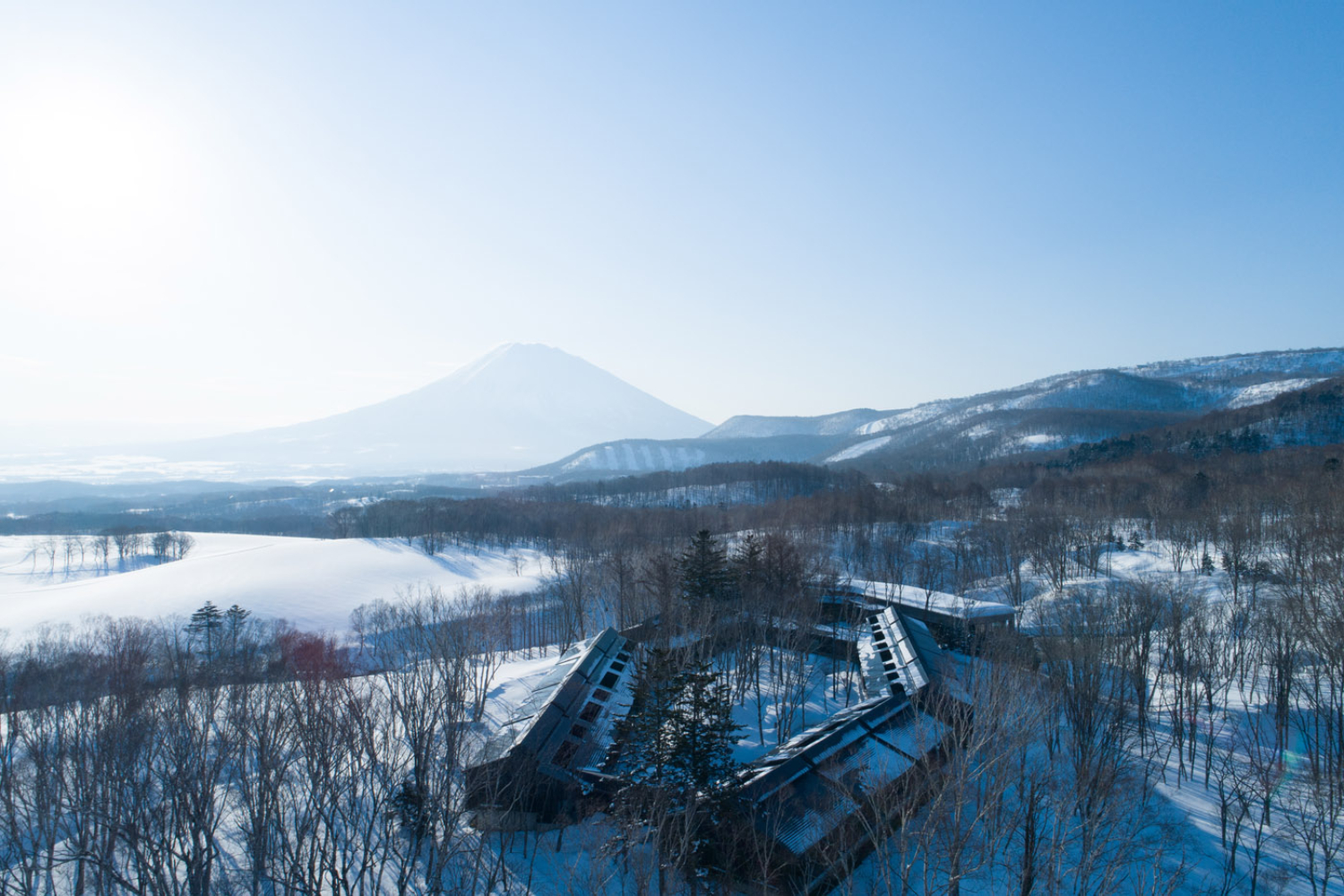
Zaborin
Complement a ski trip to Hokkaido with a luxurious ryokan stay. Comprising just 15 villas in Hanazono, one of Niseko’s prime ski areas, Zaborin’s exclusivity translates to an intimate, secluded experience; each room offers its own private indoor and outdoor onsen, fuelled by mineral-rich gensen kakenagashi – free-flowing natural volcanic waters, unadulterated and not reused – from the property’s own hot-spring source, drawn from underground.
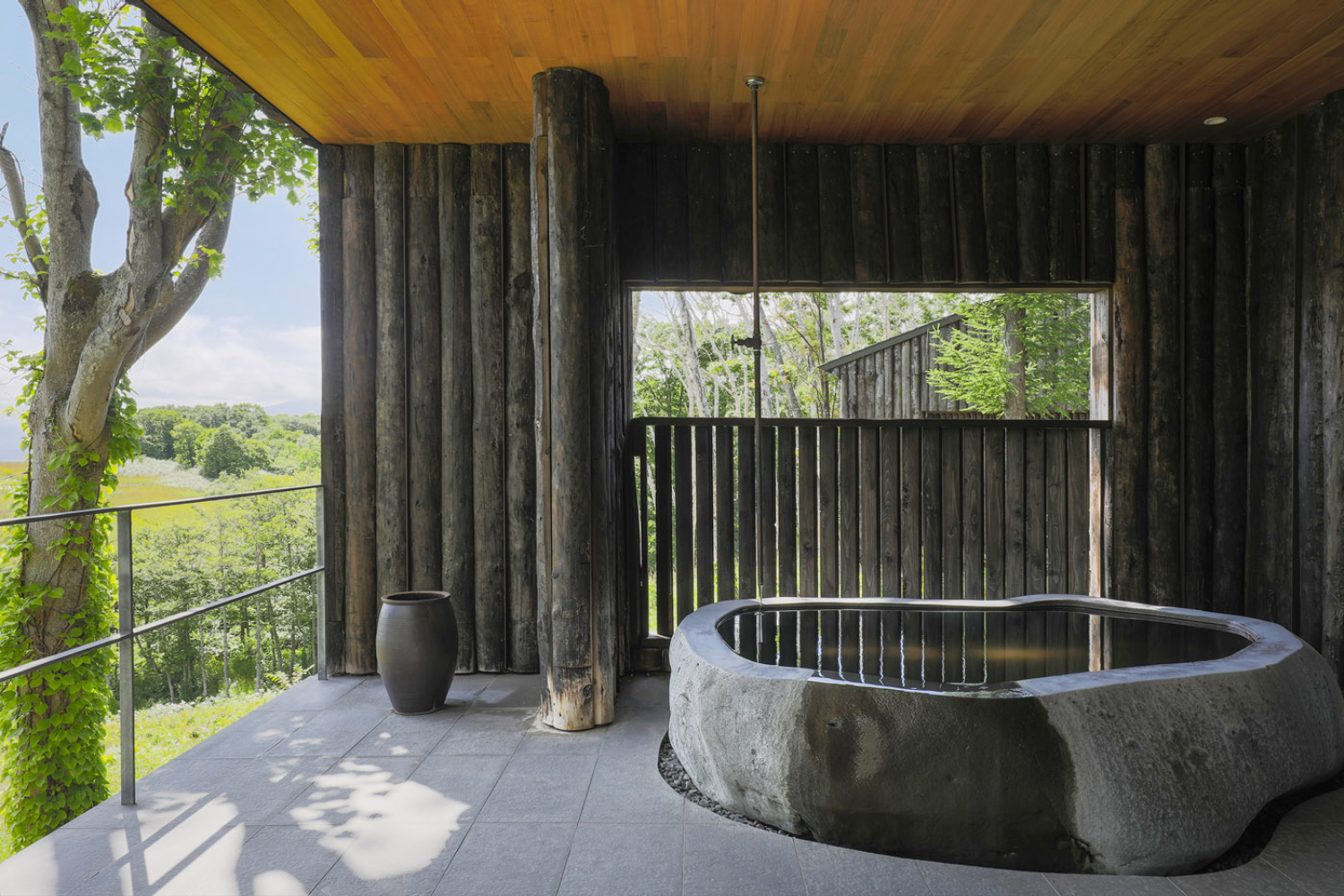
Architect Makoto Nakayama and designer Shouya Grigg applied deft touches to blend contemporary comforts with the meditative, introspective design so oft found in Japanese interiors, bolstered by wide-open spaces to frame the outside: views of the snow-capped Mount Yotei and the Hanazono forest. Birch-like details in the rooms echo the texture and character of the surrounding woods. Choose between washitsu or yoshitsu sleeping arrangements to rest your head on a tatami futon or Western-style bed, respectively.
Zaborin is located at 76-4 Hanazono, Kutchan, Abuta District, Hokkaido 044-0084, Japan; zaborin.com
Jen Paolini is a Hong Kong-born content director, writer and editor who specialises in writing about hotels, travel, food, culture and lifestyle for various print and digital publications.
-
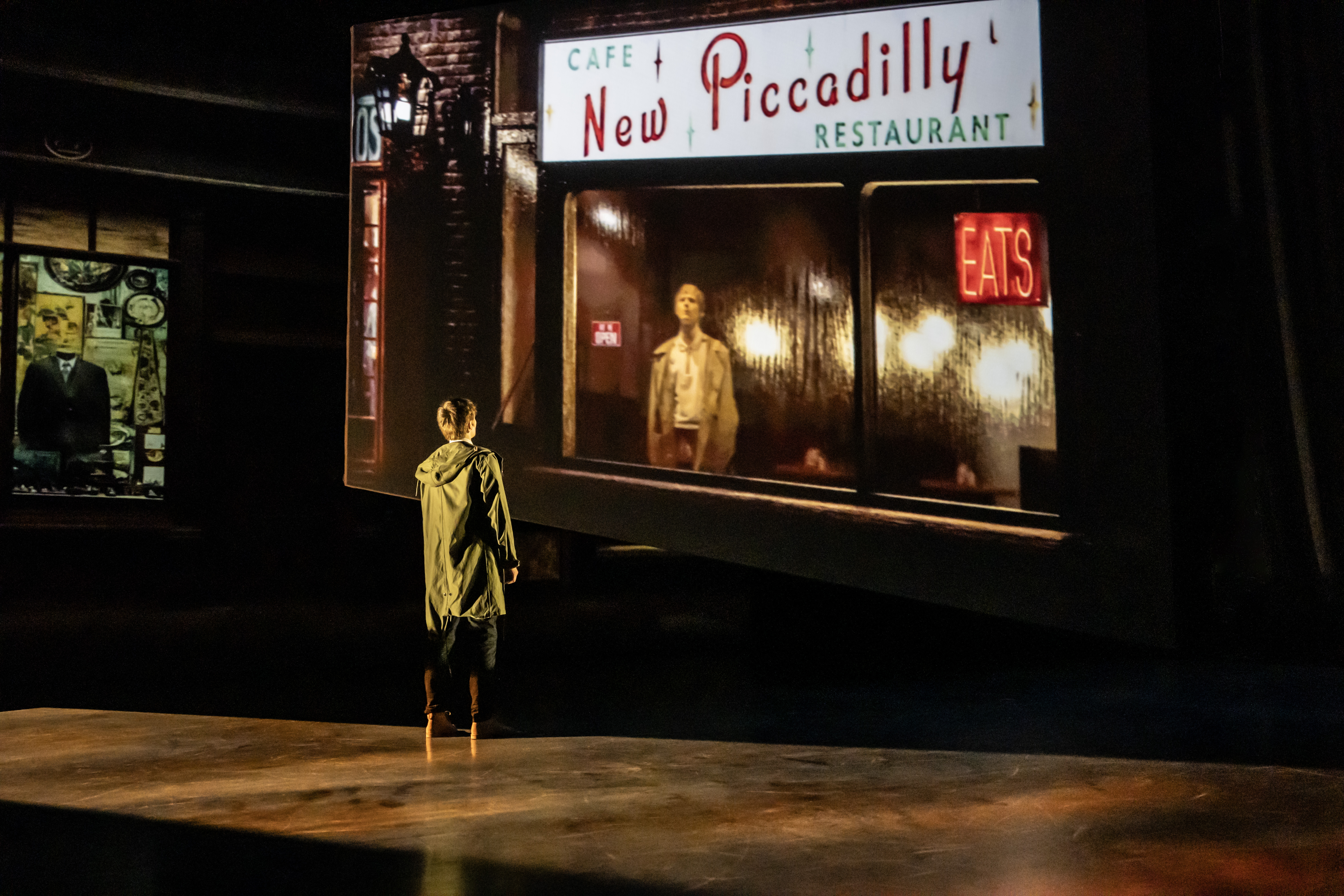 Paul Smith brings the Swinging Sixties to Sadler’s Wells in ‘Quadrophenia, A Mod Ballet’
Paul Smith brings the Swinging Sixties to Sadler’s Wells in ‘Quadrophenia, A Mod Ballet’In any imagining of Pete Townshend’s ‘rock opera’ – a chronicle steeped in the mythology of the 1960s – the suits need to be razor-sharp. ‘Quadrophenia, A Mod Ballet’ enlisted Paul Smith for the task
-
 When worlds collide: How a skateboard deck graphic became Plastikman, a techno icon for the ages
When worlds collide: How a skateboard deck graphic became Plastikman, a techno icon for the agesThe 1990s saw a sketch by graphic designer Ron Cameron define Richie Hawtin’s musical alias. He initially had no idea that it was happening
-
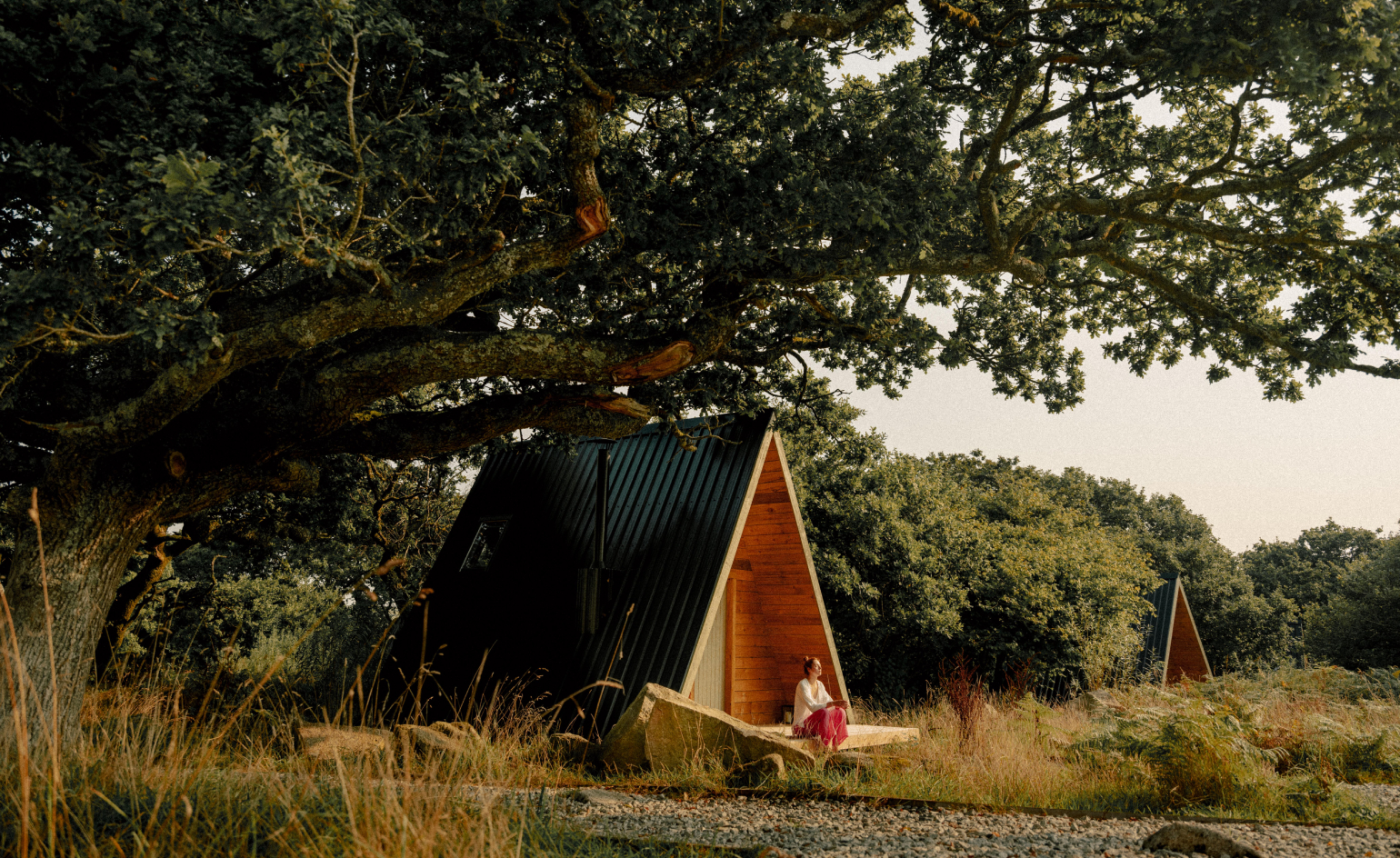 Ready to unplug? Sign up for this digital detox retreat in Cornwall
Ready to unplug? Sign up for this digital detox retreat in CornwallOffline escape provider Unplugged has partnered with Cabilla Cornwall to offer a phone-free, nature-immersive group experience on Bodmin Moor
-
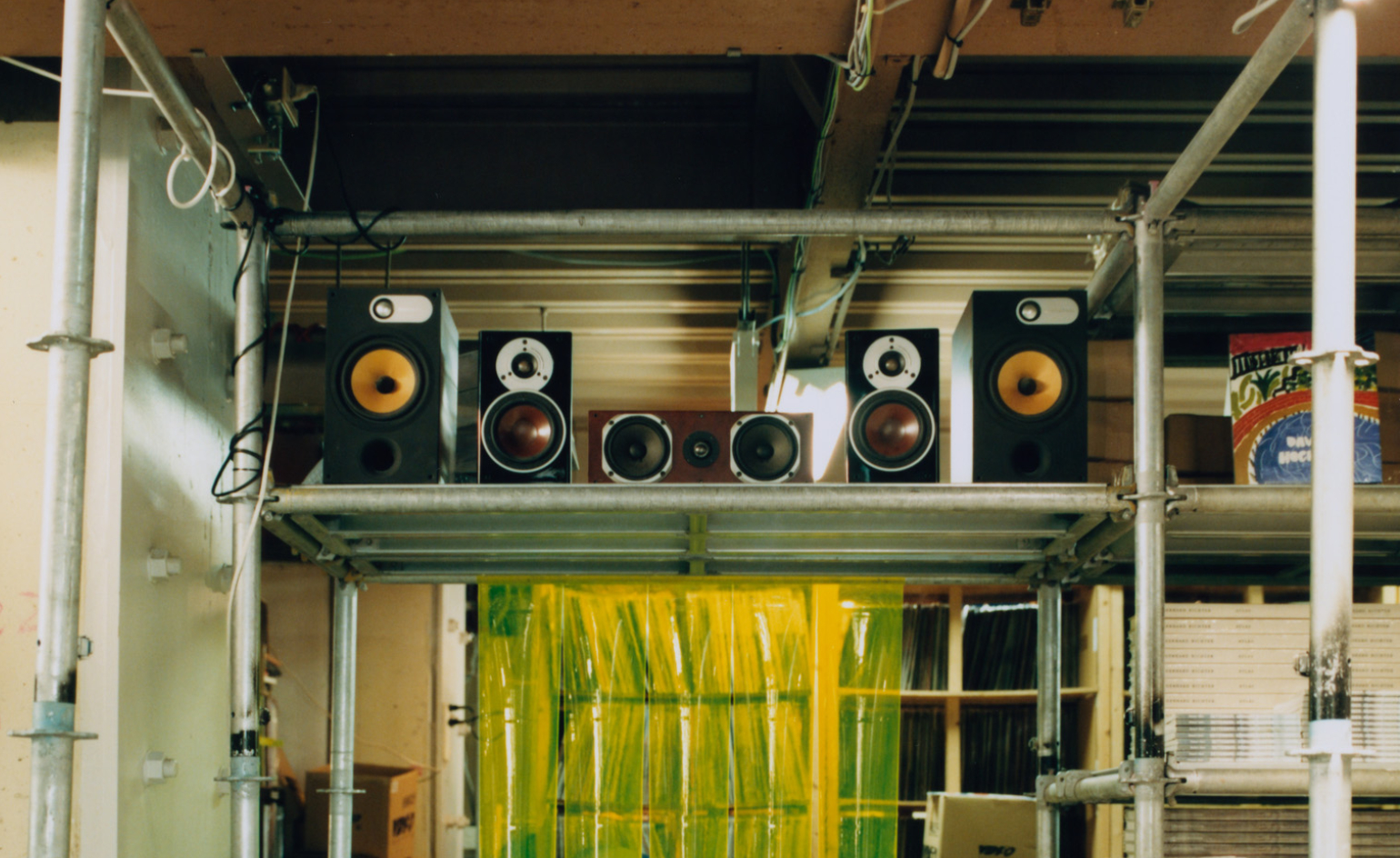 Tune into the rhythm of Tokyo’s most ambitious record shop
Tune into the rhythm of Tokyo’s most ambitious record shopVinyl Delivery Service in east Tokyo’s Skwat Kameari Art Centre is spinning a new narrative for the traditional record store model
-
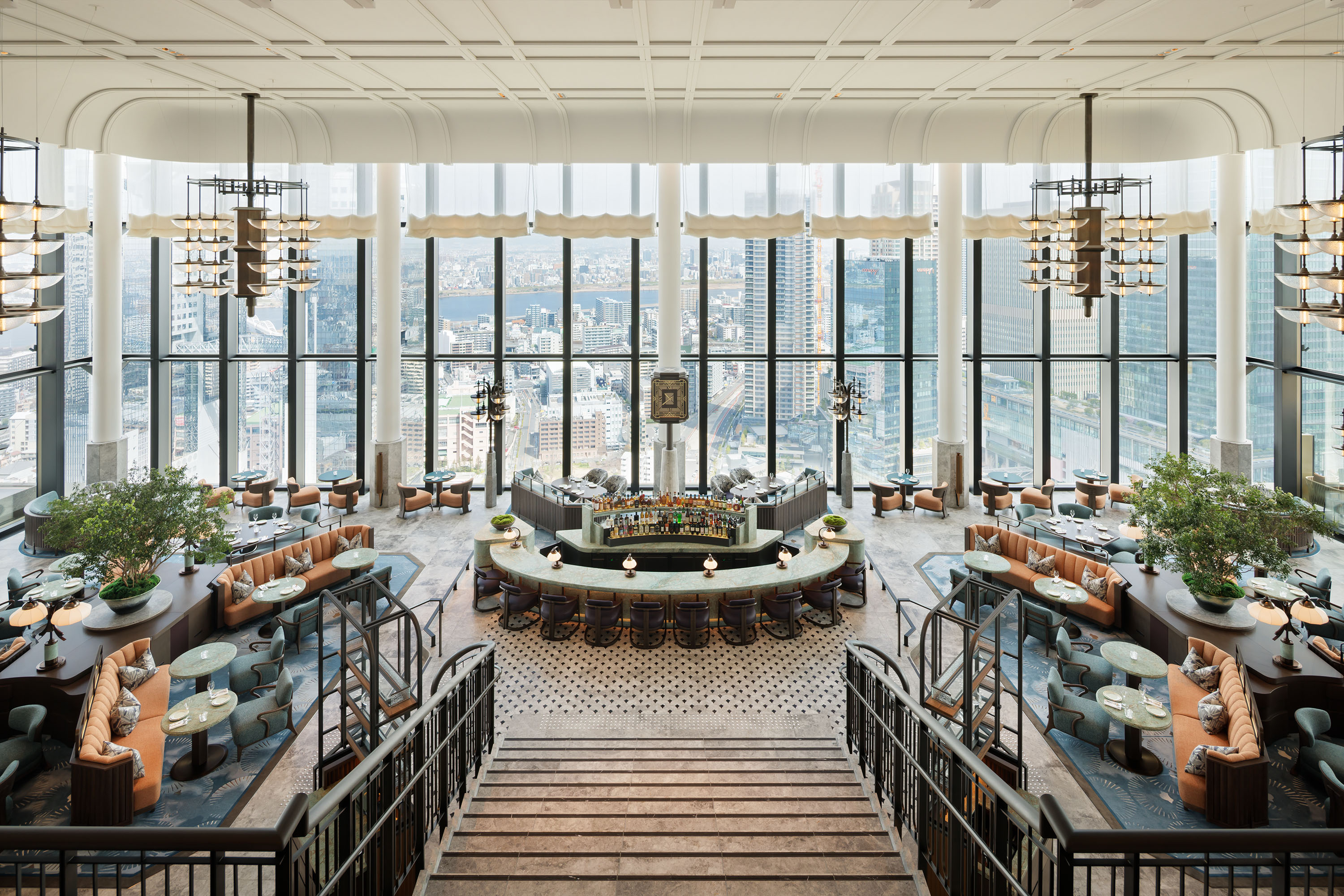 Wallpaper* checks in at Waldorf Astoria Osaka
Wallpaper* checks in at Waldorf Astoria Osaka‘It’s rare to work on a brand new hotel of this scale in Japan in today’s landscape,’ says designer Andre Fu about Osaka’s newest luxury hotel. Wallpaper* paid it an early visit
-
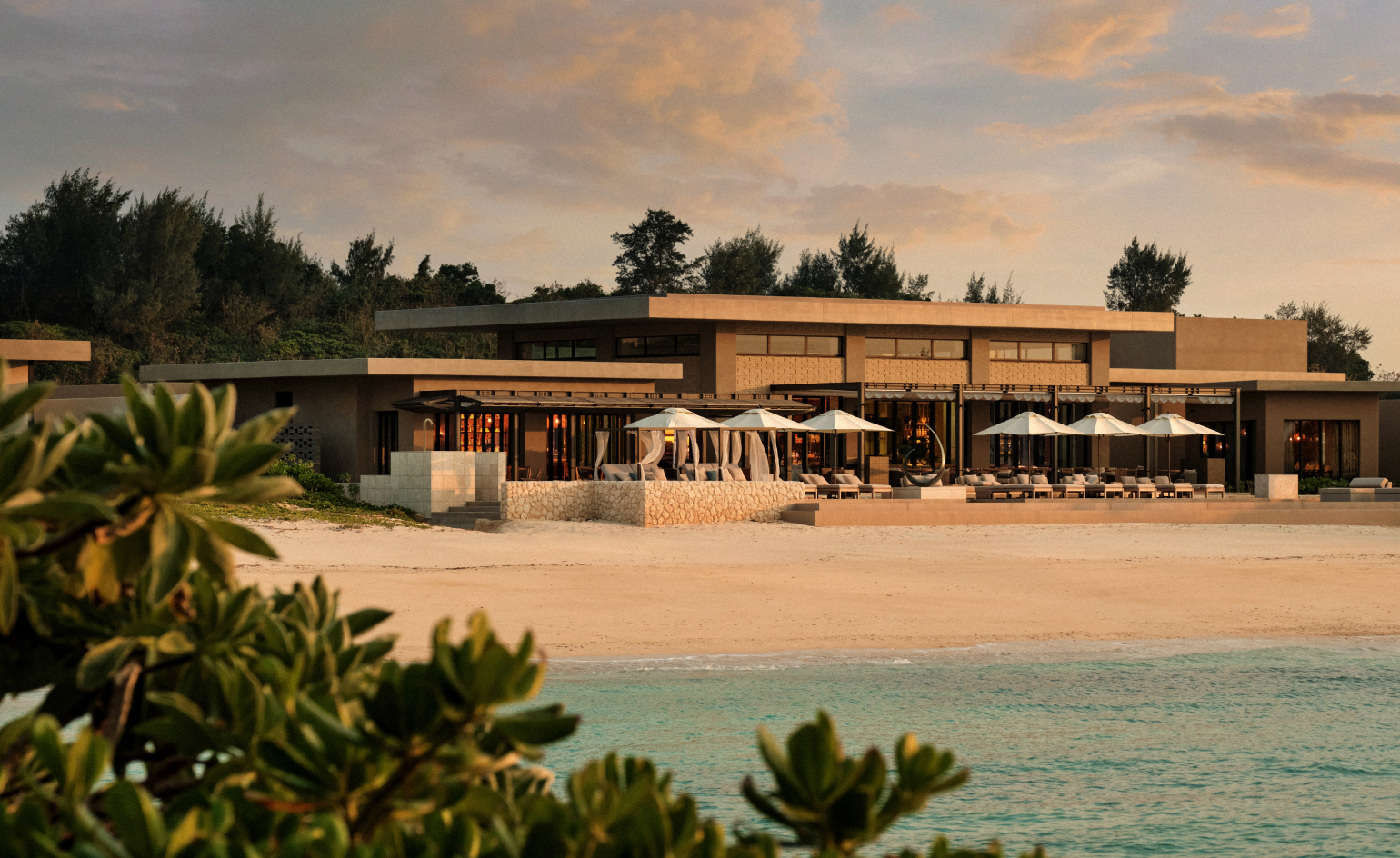 Wallpaper* checks in at Rosewood Miyakojima: ‘Japan, but not as most people know it’
Wallpaper* checks in at Rosewood Miyakojima: ‘Japan, but not as most people know it’Rosewood Miyakojima offers a smooth balance of intuitive Japanese ‘omotenashi’ fused with Rosewood’s luxury edge
-
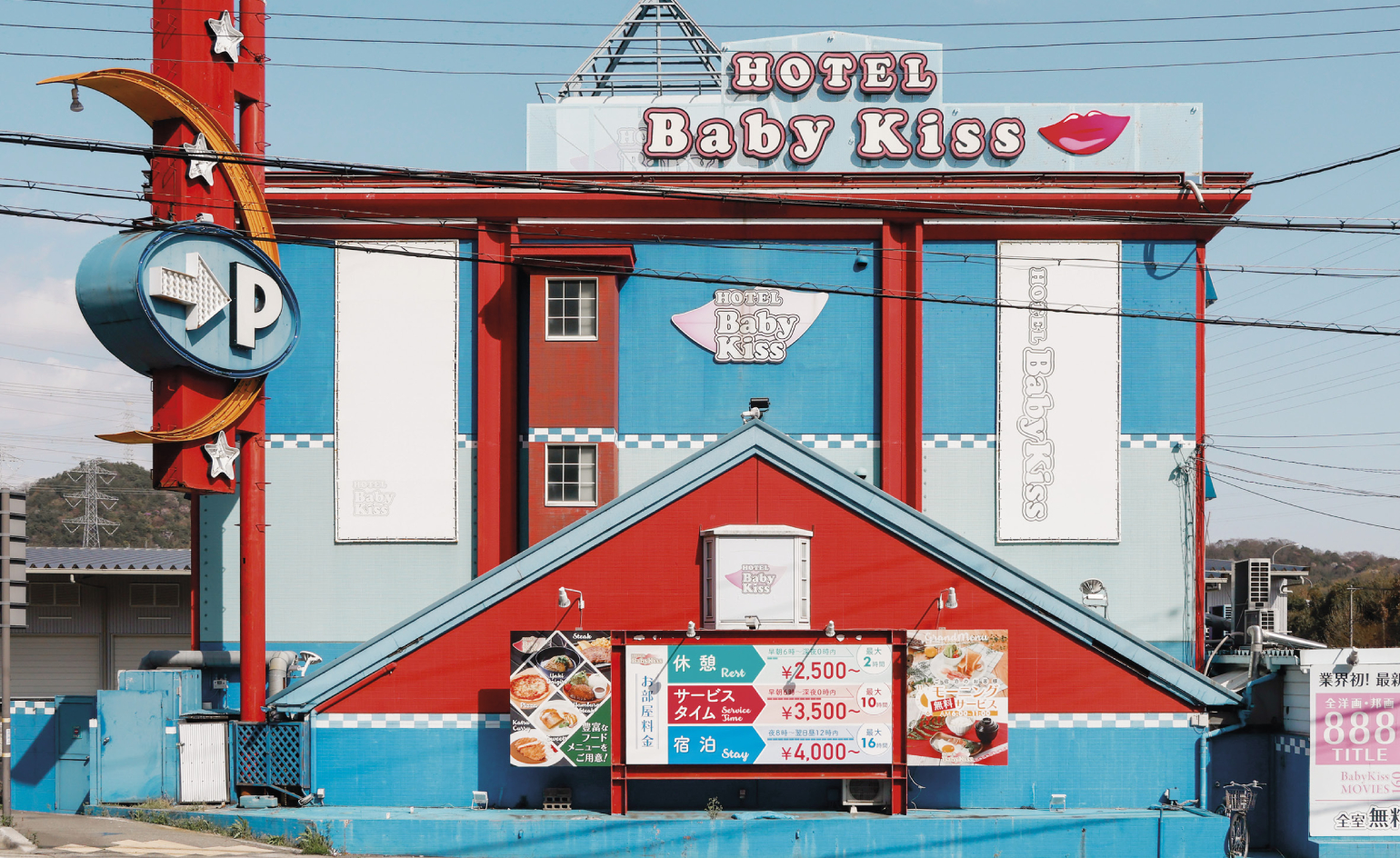 A new book captures the kitschy allure of Japanese ‘love hotels’
A new book captures the kitschy allure of Japanese ‘love hotels’For his latest project, French photographer François Prost documents the whimsical façades that characterise these erotic roadside venues.
-
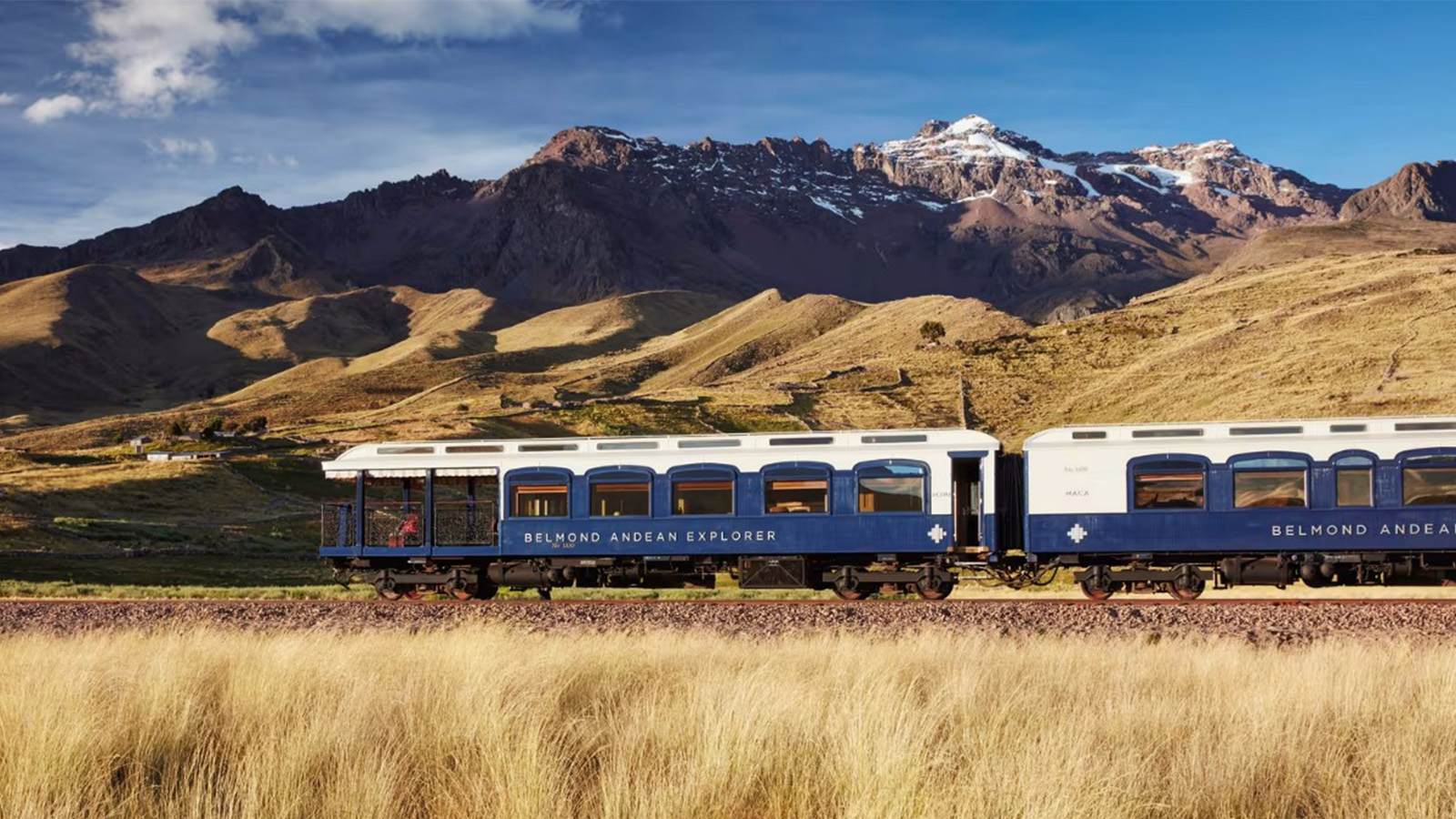 All aboard the world’s most luxurious train journeys
All aboard the world’s most luxurious train journeysStay on track with our pick of the most luxurious train journeys around the world, whether in 1920s-style opulence or contemporary chic
-
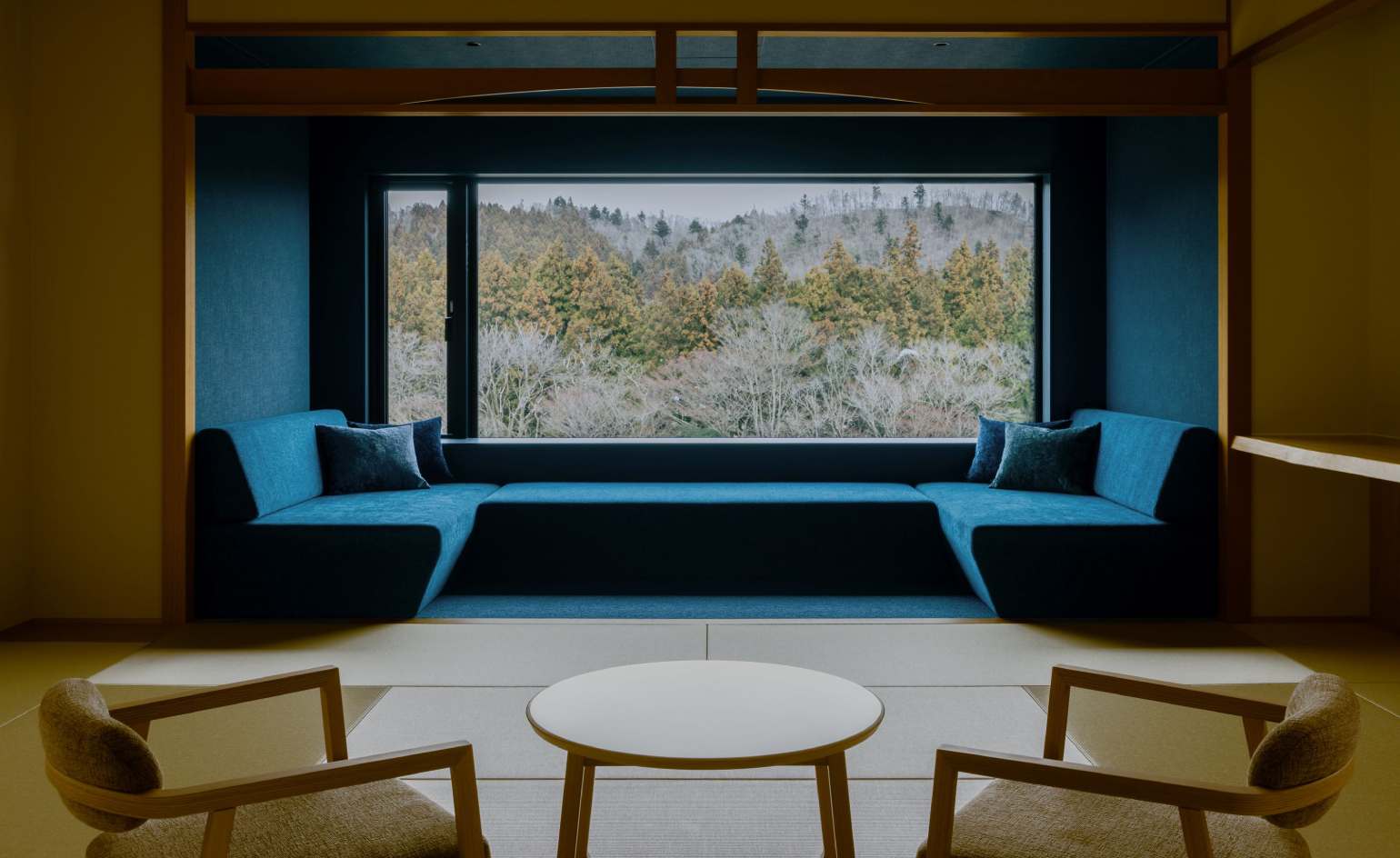 Wallpaper* checks in at Hoshino Resorts KAI Akiu: a soothing onsen hotel
Wallpaper* checks in at Hoshino Resorts KAI Akiu: a soothing onsen hotelIn Japan’s bucolic northeast, Hoshino Resorts KAI Akiu breathes new life into a sleepy hot spring village without betraying its ancient roots
-
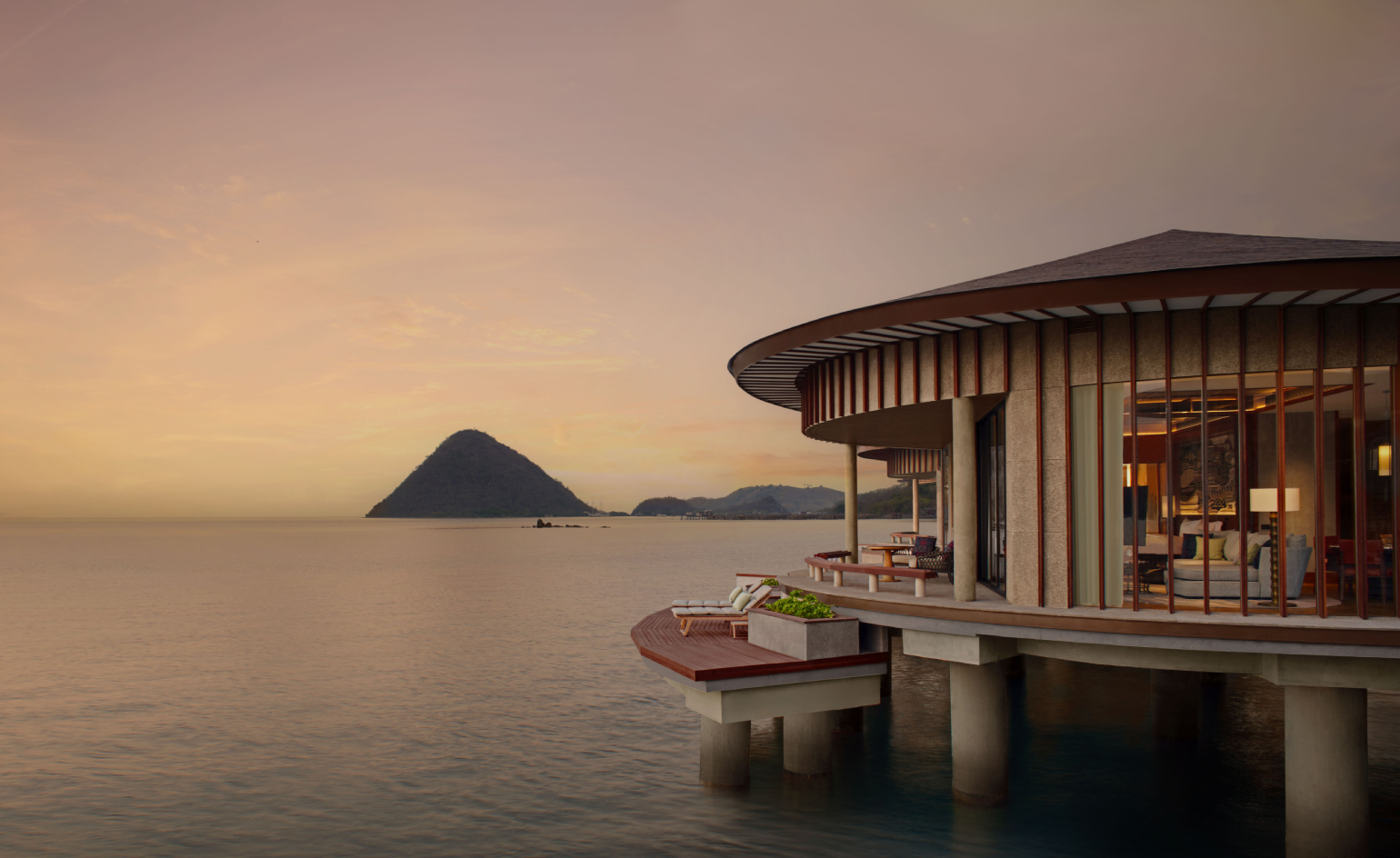 The new hotels you’ll want to stay at in 2025
The new hotels you’ll want to stay at in 2025Where to stay in 2025? Let six of the most-read-about hotel openings of the past 12 months inspire your escape – from a tiny Tokyo bolthole to a Tanzanian safari retreat
-
 2025 getaways: where Wallpaper* editors will be travelling to this year
2025 getaways: where Wallpaper* editors will be travelling to this yearFrom the Japanese art islands of Naoshima and Teshima to the Malaysian tropical paradise of Langkawi, here’s where Wallpaper* editors plan to travel to in 2025